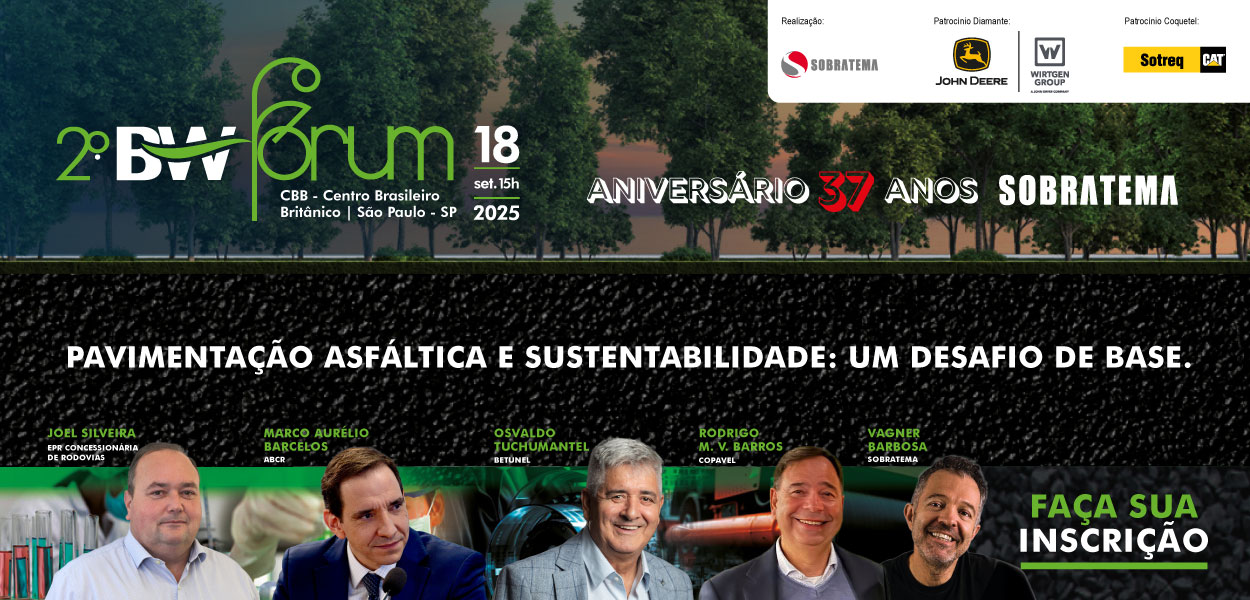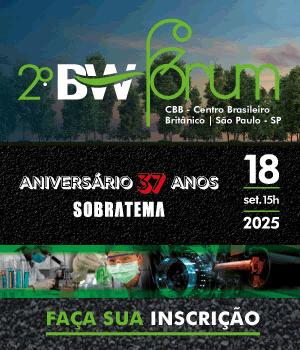Paper and Cellulose: countdown starts at Guaíba 2 of CMPC
Hochtief carries out the civil works of CMPC’s megaproject that will cost R$ 5 billion and will triplicate its productive capacity


Promised since 2008, the Guaíba 2 Project—located in the state of Rio Grande do Sul—that programs the expansion of the paper and cellulose plant of CMPC (Companhia Manufatureira de Papel e Celulose), was finally started in the last year, with operation scheduled to start in 2015. This is one of the highest investments carried out in the state, a total of R$ 5 billion to be used not only in the works but also in several environmental and social programs. The estimation is the generation of 7000 direct and 21000 indirect workplaces in the peak of works.
Located in the municipality of Guaíba, about 30 km from Porto Alegre, the complex is divided in three large areas (industrial, forestry and infrastructure). The development of the Project runs in parallel to the existing production line, which will continue to produce whitened cellulose. At the end of the expansion, the total area of the plant will reach approximately 420,000 sq.mt. of building area and its production capacity will reach 1750 tons per year, almost four times the current installed capacity.
To have an idea of the challenges involved in the Project, Hochtief do Brasil—responsible by the civil works—estimates a total volume of 16,000 cu.mt. of concrete poured in the works, in addition to 170 tons of metallic structures. The expansion of the paper and cellulose plant of CMPC will be carried out in two distinct lines of production. In line 1, expansion works are being carried out in parallel to the productive processes of the existing plant. In this phase, Hochtief do Brasil is responsible by the construction of water cooling towers, electric rooms, sumps for storage of effluents and a balance tower for pressure stabilization in the network of the new main sewage collector. Works of structural refurbishment of old installations and demolition of some existing structures are also part of the contracted scope.
In line 2, where the components are being implemented, the contractor is carrying out the civil works of the turbo generator and electric rooms, air compressors and chillers, collectors of low, medium and high pressure, as well as cooling towers that contribute for the effectiveness of production in an ecologic-right way.
According to the contractor, the mix of several systems of deep foundation—such as monitored continuous flight augers and root piles— was needed due to the structure of the local soil, which has large variations in short distances. Building structures are made basically in precast concrete and basins of cooling towers in poured concrete. The roofs of electric rooms and all the side closings of the main turbine nave are metallic structures.
During the construction of the structures the contractor carried out an accurate quality control, especially in the concrete bases for the power generation turbines. A special composition was developed for the concrete, with the addition of ice and the instrumentation of the whole structure to ensure a gradual follow-up of all temperature variations and for fissure control.
The construction of the cooling basins was also carefully controlled to prevent pouring failures and the occurrence of fissures with more than 1.5 mm, to ensure that the technology used in the waterproofing system would allow the needed watertightness.
The difficulties in precast components arose from the assemblage logistics due to interferences with other areas where works were being carried out at the same time, especially during the assemblage of the 27-meter long pillars of the main nave of the turbo generator.
Equipment assemblage was carried out by the CMPC itself. In line 1 it is in advanced stage, with 90 percent of works concluded and in line 2 with 82 percent concluded and scheduled to be operating in the second half of 2014.
Hochtief gave priority to hire local work force. But due to the size and complexity of the Project, it needed to search qualified labor in other regions, following the quality standards of the contractor and of the client. At the same time the company carried out internal training to qualify technically the new-hired collaborators.
Among the measures taken, the company decided to use precast structures to prevent the concentration of people in the worksite and in the production units. The project has no barracks foreseen for the workers, besides canteens and leisure areas. When barracks are needed for a higher number of workers, the contractor has to submit a project to CMPC and the suggested location has to be approved by the city government. These buildings are installed in rural areas to cause no trouble to the local communities. There are units of this nature in Barra do Ribeiro and in Eldorado do Sul.
Challenge in logistics
CMPC Celulose Riograndense and the city government of Guaíba developed together a solution to carry out infrastructure works to support the new expansion. A Public-Private Partnership (PPP) of road works was signed, involving a value above R$ 43 million. “This investment had the purpose of relieving the traffic flow and preparing the neighborhood of the new line of production”, says the company’s president, Walter Lídio Nunes.
An express way starting from the BR-116 will allow the direct entrance of wood without passing by the city avenues. This road will use the new viaduct programmed by the Departamento Nacional de Infraestrutura de Transportes (Dnit) as part of the duplication works of that road.
The asphalt paving of approximately 7 km of a road connecting BR-290 to BR-116 is also established in the protocol of intentions. Another commitment of the state government is the asphalt paving of the road Guaíba – Barra do Ribeiro that borders the Guaíba Lake.
According to the PPP of the municipality, CMPC will advance cash for the works and will be reimbursed later with tax reductions when the revenues rise due to the increase of cellulose production. Even the dispossession of properties carried out to make feasible the increase of width in some streets was paid by the company. Draining works were also carried out using resources of the federal government, to prevent flooding in some areas of the city. The city government of Guaíba is also demanding the duplication of the Conde road, to be carried out by the state government.
After the expansion, the plant will hire approximately 4100 workers in the plant, forest areas, logistics and related activities. Indirect workplaces will be 17100, mainly in the municipalities with forest planting.

Av. Francisco Matarazzo, 404 Cj. 701/703 Água Branca - CEP 05001-000 São Paulo/SP
Telefone (11) 3662-4159
© Sobratema. A reprodução do conteúdo total ou parcial é autorizada, desde que citada a fonte. Política de privacidade











